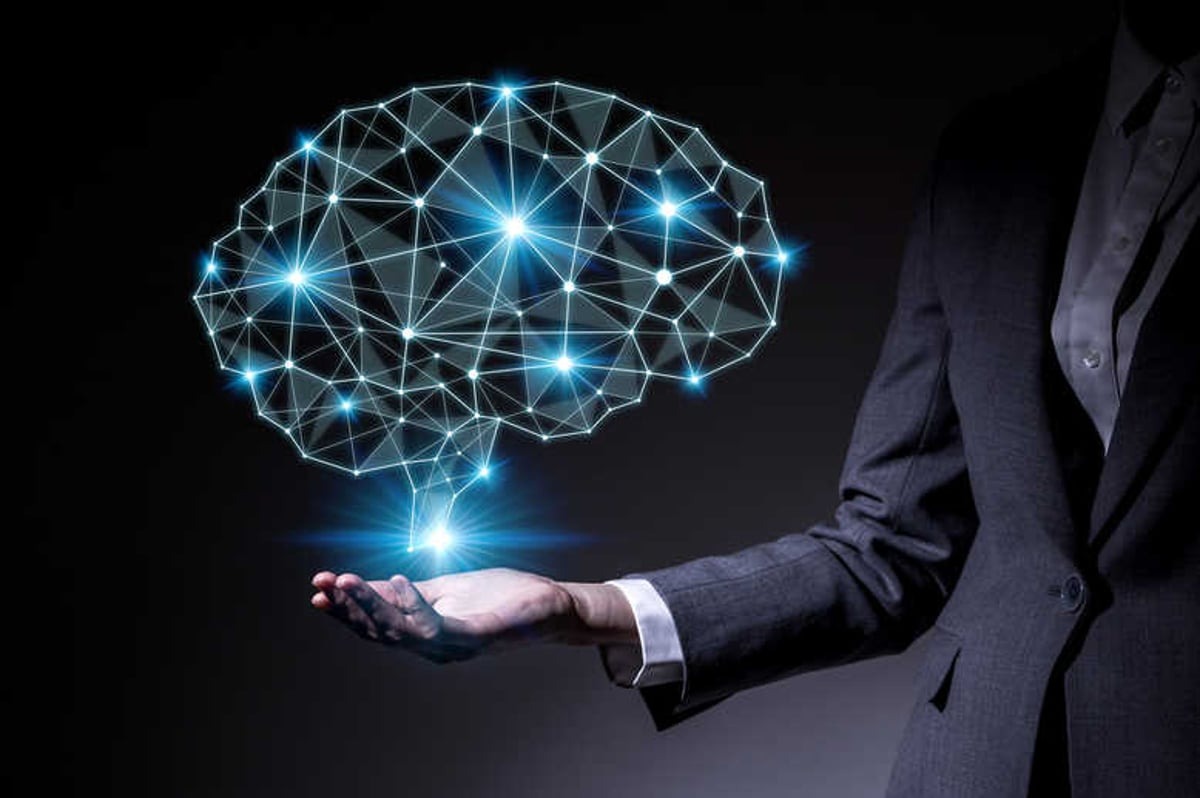Artificial intelligence (AI) and machine learning (ML) are often discussed together, but they refer to distinct areas within the realm of technology. Understanding the differences between AI and ML is essential for those interested in pursuing careers in these fields. This article explores the key distinctions between artificial intelligence and machine learning, highlighting their unique characteristics and applications.
Defining Artificial Intelligence
Artificial intelligence encompasses the development of systems that can perform tasks typically requiring human intelligence. These tasks include reasoning, problem-solving, understanding natural language, and recognizing patterns. AI aims to create machines capable of mimicking cognitive functions, such as learning and decision-making. It covers a broad range of technologies, including robotics, natural language processing, and expert systems.
Understanding Machine Learning
Machine learning is a subset of AI focused on developing algorithms that enable systems to learn from data. Unlike traditional programming, where explicit instructions are provided, ML systems identify patterns and make decisions based on data. This learning process allows ML models to improve their performance over time. Common applications of machine learning include image recognition, recommendation systems, and autonomous vehicles.
Key Differences
- Scope and Objectives
The primary distinction between AI and ML lies in their scope and objectives. While AI aims to create intelligent systems capable of a wide range of tasks, ML specifically focuses on enabling systems to learn from experience. AI encompasses a broader spectrum of technologies, while ML is more specialised in creating models that can generalise from data.
- Techniques and Approaches
AI employs various techniques, including symbolic reasoning, neural networks, and genetic algorithms, to simulate human intelligence. In contrast, machine learning relies on data-driven approaches. These include supervised learning, unsupervised learning, and reinforcement learning. A machine learning course typically covers these techniques in detail, providing students with the knowledge to build predictive models.
- Applications and Use Cases
AI applications are diverse and range from virtual assistants like Siri and Alexa to complex systems like self-driving cars. These applications often combine multiple AI technologies to function effectively. Machine learning, while a key component of many AI systems, is primarily concerned with specific tasks like predicting outcomes, recognizing patterns, or automating processes. For example, machine learning algorithms are commonly used in fraud detection and personalised marketing.
Educational Pathways
For those looking to enter these fields, taking an artificial intelligence course or a specialised machine learning program can provide a comprehensive understanding of these technologies. Such courses often include theoretical knowledge and practical experience, equipping students with the skills needed to develop AI and ML solutions. While a machine learning course focuses on algorithm development and data analysis, an artificial intelligence course may offer a broader overview, including ethical considerations and the societal impact of AI technologies.
Conclusion
Although artificial intelligence and machine learning are closely related, they represent different aspects of technology. AI is a broader concept that encompasses various technologies aimed at creating intelligent systems. In contrast, ML is a specific area within AI focused on data-driven learning and model development. Understanding these distinctions is crucial for those pursuing careers in these fields, as it helps in selecting the right educational path and career trajectory.
Keep an eye for more news & updates on Tribune Tribune!




